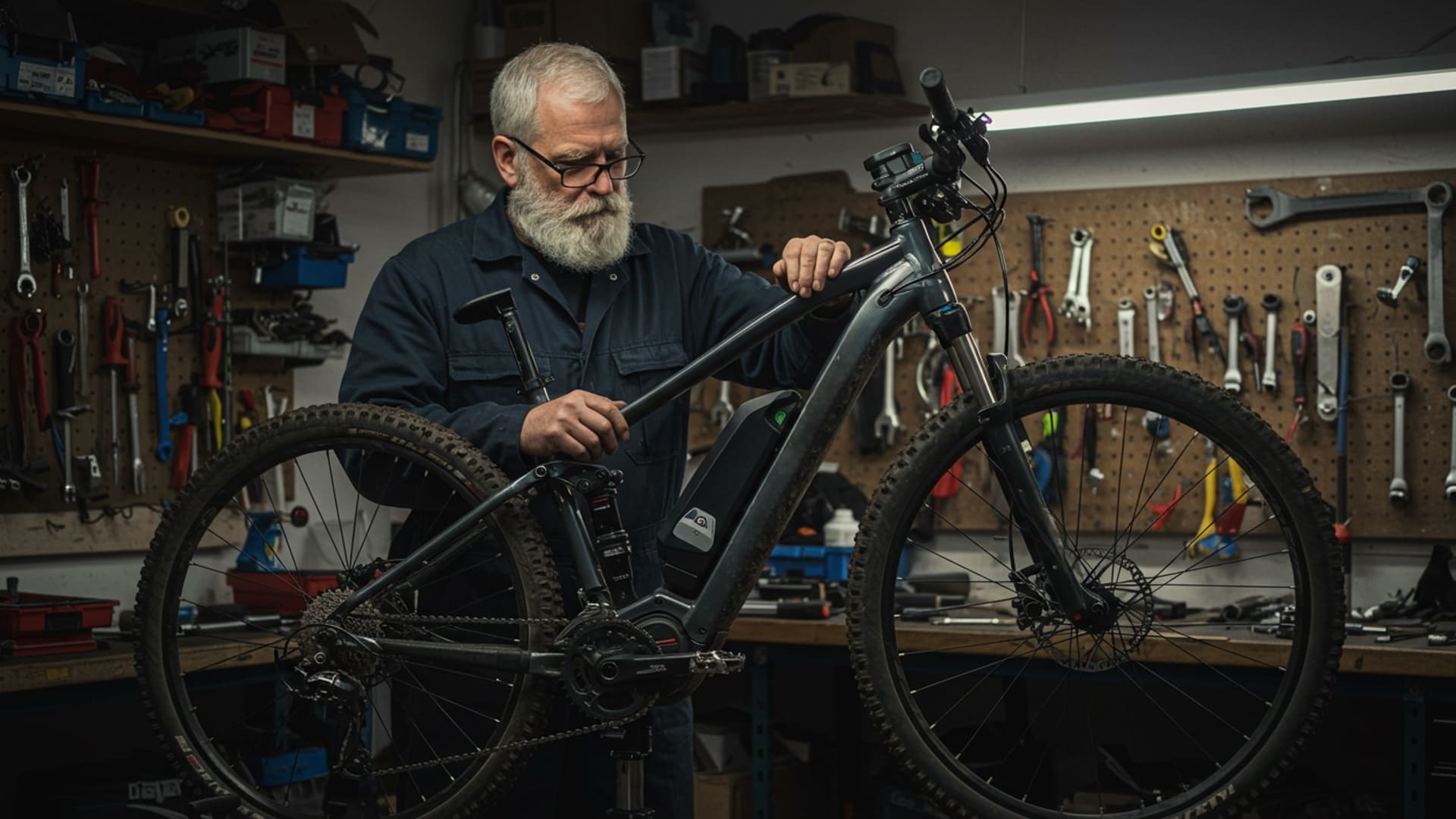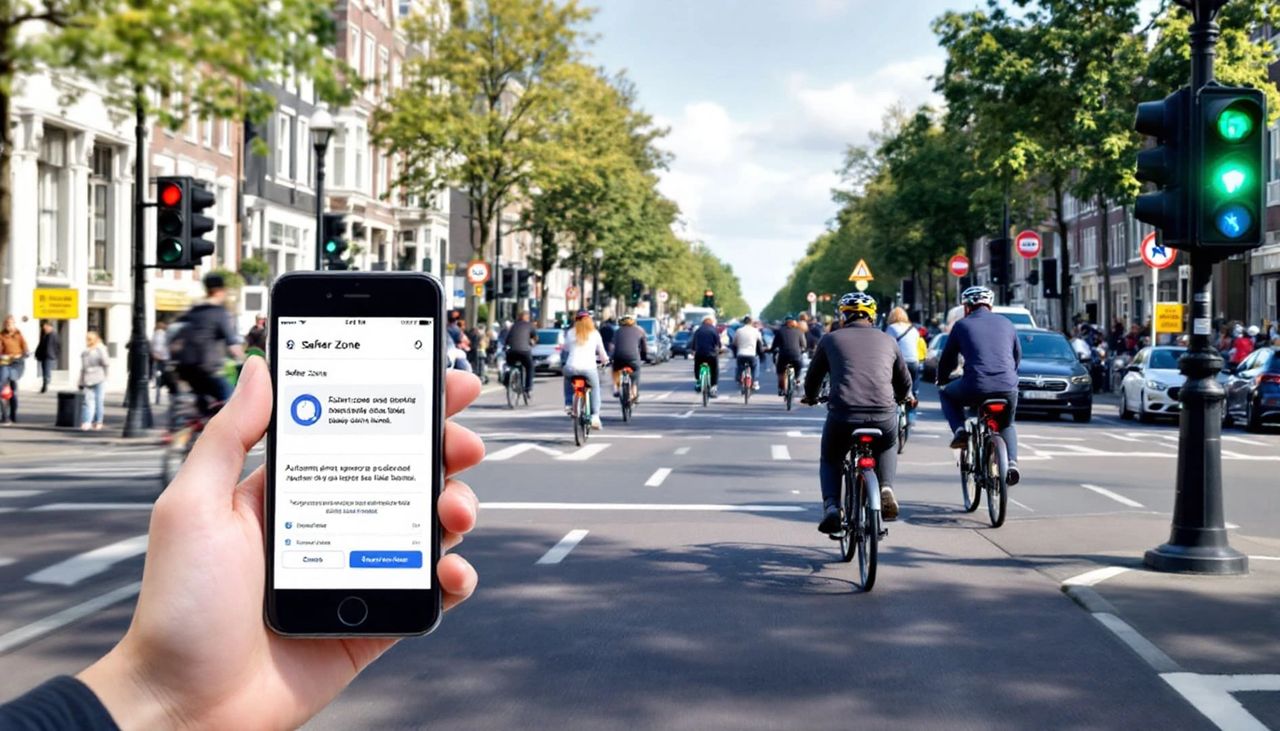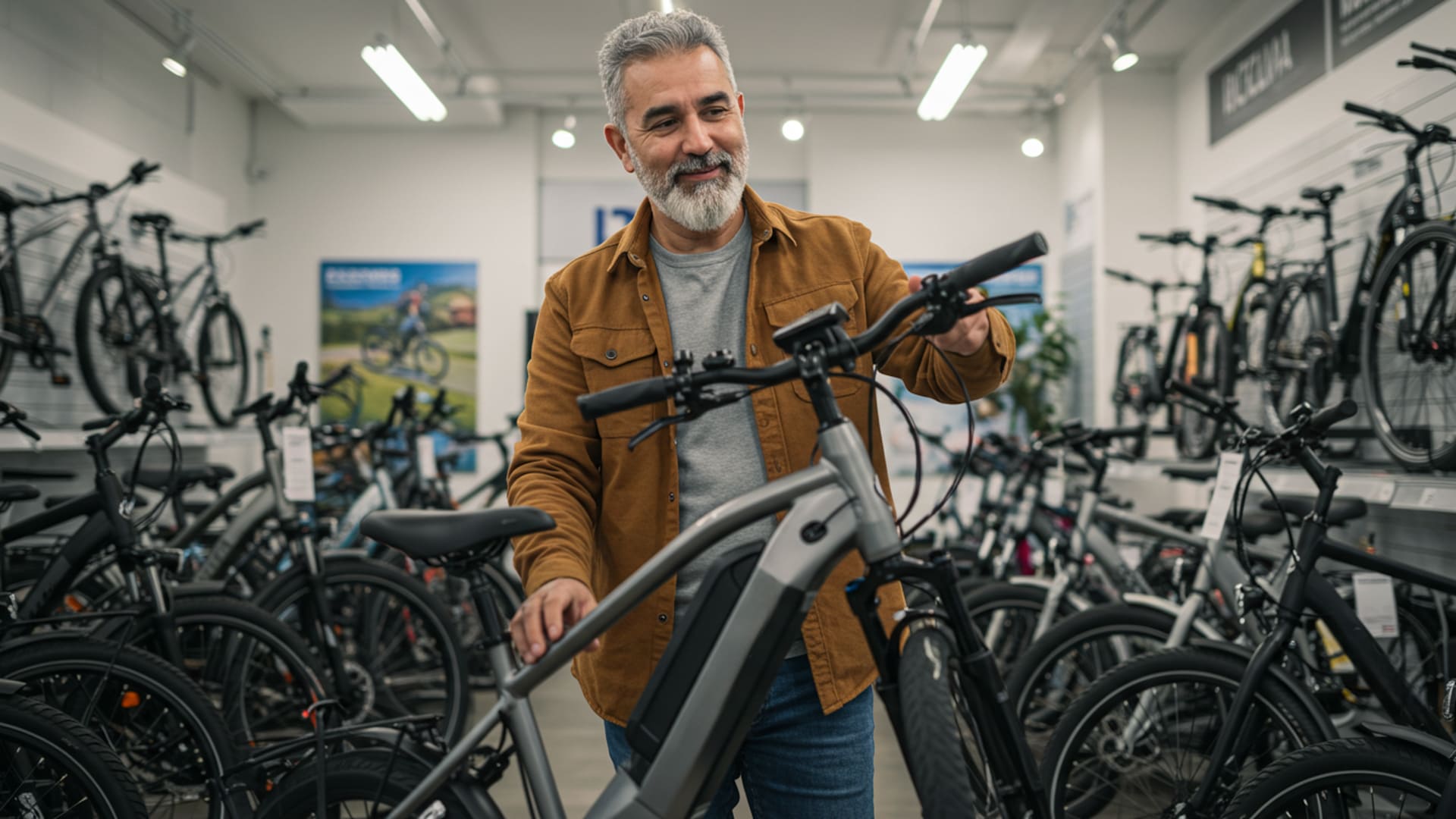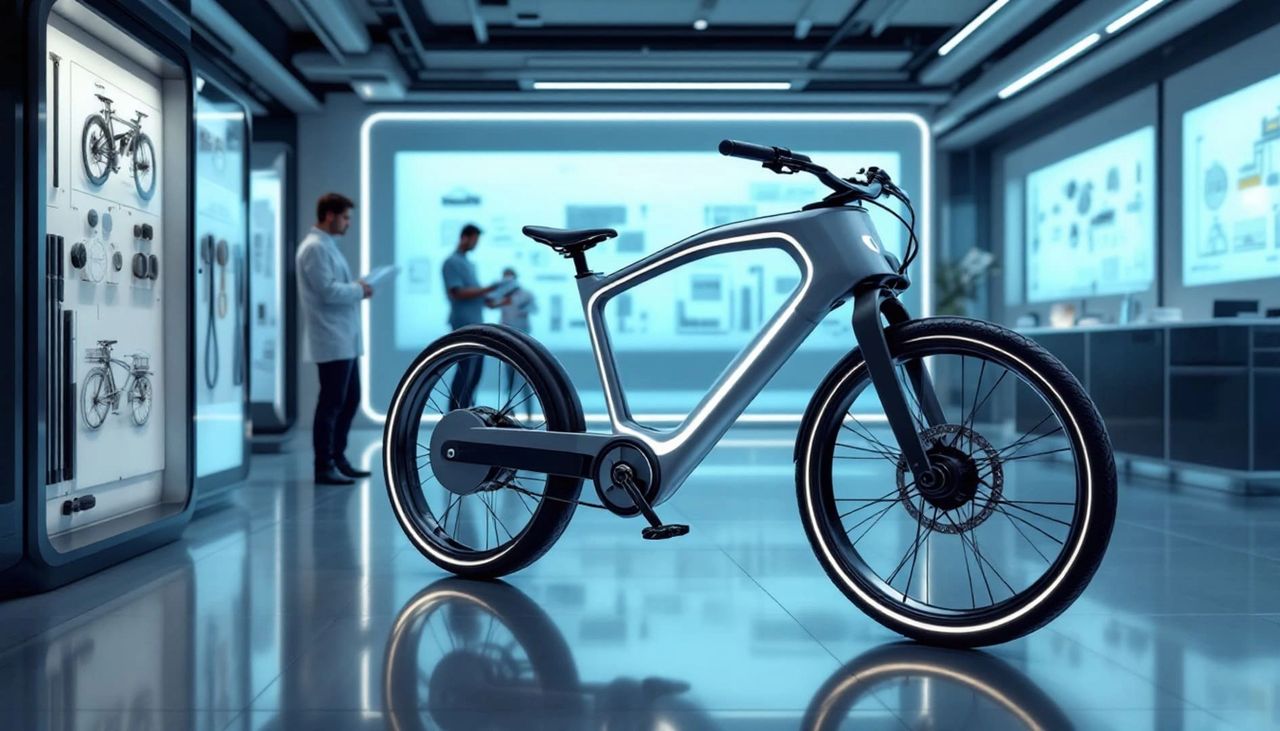As electric bikes continue to grow in popularity, many cyclists find themselves facing a choice: buy a brand-new e-bike or convert an existing bicycle using a motorized kit. For riders who already own a well-loved, quality bike, the second option can be both economical and appealing. But is it the right choice for everyone?
The Case for Conversion
The biggest advantage of an e-bike conversion kit is affordability. A full-featured e-bike often costs between $1,500 and $4,000 or more, depending on the brand and features. In contrast, a solid conversion kit typically ranges from $400 to $1,200. If your existing bike is already suited for your daily commute or weekend rides, a conversion allows you to retain your frame, geometry, and overall comfort—at a much lower cost.
Another benefit is sustainability. Rather than discarding an old bike or letting it gather dust in the garage, converting it extends its lifespan and reduces waste. Many cycling enthusiasts appreciate the opportunity to upgrade a dependable bike instead of replacing it outright.
Types of Conversion Kits
Conversion kits generally fall into two categories: hub motor kits and mid-drive kits.
Hub motor kits, such as those offered by Swytch, are installed in the front or rear wheel hub. They’re generally easier to install, making them a go-to for casual cyclists or first-time DIYers. These kits are particularly well-suited for commuting on flat to moderate terrain. Swytch has become popular for offering lightweight, compact kits that are easy to attach and remove, and their handlebar-mounted battery packs are a space-saving bonus.
On the other hand, Bafang is known for its robust mid-drive systems, which replace the bike’s crankset and connect directly to the drivetrain. These offer better performance on hills and more balanced weight distribution. Mid-drive kits are ideal for riders who want a more integrated feel and improved power management—though they require more technical know-how to install and maintain.
Considerations and Limitations
Despite the appeal, conversion kits aren’t ideal for every bike—or every rider. Compatibility is a major concern. Not all frames, especially older or lightweight ones, can safely handle the added weight and torque of a motor. Bikes with carbon fiber frames or limited fork clearance may be risky to modify. In these cases, attempting a conversion could result in poor handling or even frame damage.
There are also performance and safety considerations. Purpose-built e-bikes typically have integrated components that are designed for stability, waterproofing, and efficient power transfer. Battery placement, brake systems, and reinforced frames are engineered to work together as a complete package. With a conversion kit, riders may have to compromise on ergonomics, range, or control—especially at higher speeds or on uneven terrain.
Installation and Support
Installing a conversion kit can be a fun and educational project for DIYers, but it also requires time, tools, and a bit of mechanical confidence. While companies like Swytch and Bafang provide instructions and online support, troubleshooting can still be challenging, particularly if your local bike shop isn’t experienced with these systems.
Also consider that converted e-bikes may not be eligible for the same warranties, repair services, or insurance options as factory-made models. Riders seeking long-term reliability with minimal fuss might find more peace of mind in a fully integrated e-bike.
Final Thoughts
E-bike conversion kits can be a smart, cost-effective solution for cyclists who already have a compatible bike and want to embrace electric riding without breaking the bank. For many, kits from trusted brands like Swytch or Bafang offer a gateway into e-biking that’s both flexible and rewarding. But for riders who prioritize convenience, performance, and factory-level safety, a ready-made e-bike may still be the better route.







Leave a Reply